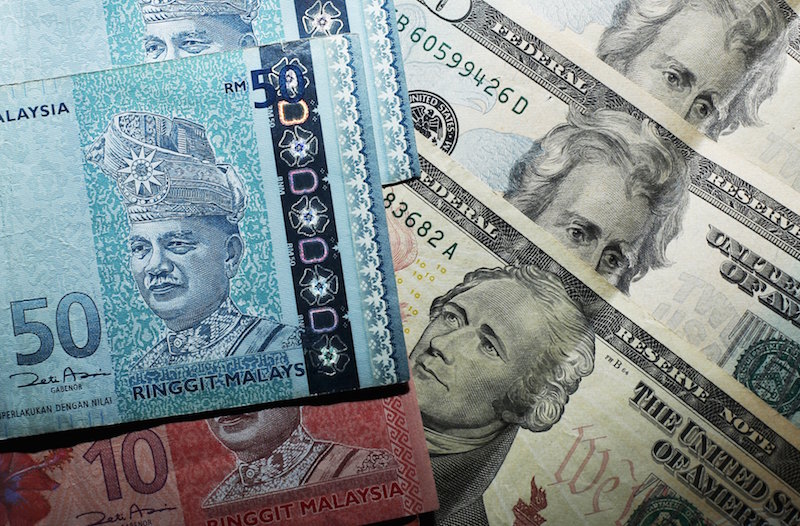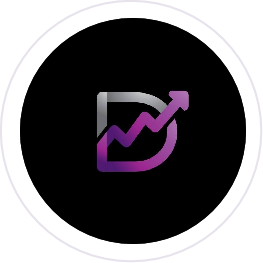By MANOKARAN MOTTAIN
MARKET
The local stock market continued to be on its back foot during the week with the KLCI ending the week -0.86% lower at 1,488,88 points as foreign investors continue to be the main sellers in the market. Investors generally remain risk adverse due to the uncertainties in the economic outlook for 2022 due to the Covid Omicron variant and continued inflation.
Bursa Malaysia Derivatives Berhad had successfully launched its after hours (T+1) night trading session on 6 December 2021. The night trading sessions saw encouraging participation from both domestic and foreign market participants and provides a very promising outlook to grow the derivative market going forward.
Digital Nasional Berhad (DNB) is aiming to commence 5G network coverage in Malaysia on 15 December 2021 starting with Putrajaya, Cyberjaya and selected parts of Kuala Lumpur. Thereafter, it will slowly extend coverage to 80% of populated areas by end 2024 in multiple phases.

The 5G network allows 5G compatible mobile devices to receive or transmit data at speeds of 100Mbps and above. However, the Cabinet is currently evaluating feedback from telecommunication companies and industry players on the matter and will only make the final decision by January 2022 on whether to deploy the 5G services through a single wholesale network system or have multiple systems to generate some competition.
ECONOMY
Finance Minister Tengku Datuk Seri Zafrul Abdul Aziz disclosed that Malaysia remains on track to achieve a Gross Domestic Product (GDP) growth of between 3% - 4% this year despite the emergence of the Covid Omicron variant.
I am also confident that the GDP target for 2021 will be met due to the revival in economic activities in 4Q21 as well as the low base effect of 2020. I expect Malaysia’s 2021 GDP to come in between 3.5% - 4.0% which is on the upper end of the government’s forecast and expand further to 5.0% for 2022.
The Department of Statistics Malaysia (DOSM) disclosed that Malaysia’s main agricultural exports in 2020 were palm oil, sawlog, sawn timber & moldings and natural rubber.
Exports of palm oil contributed the bulk of the country’s agricultural exports in 2020 at RM52.3 billion which translates to around 73% of the total. This was followed by exports of sawlog, sawn timber & moldings which accounted for at RM3.6 billion (5.1%) while natural rubber contributed RM3.3 billion (4.6%).
Exports of palm oil have increased by an encouraging 8.1% per year for the period between 1990 and 2020. However, the exports of sawlog, sawn timber & moldings declined 2.5% per annum during the same period.

In 2020, Malaysia contributed 25.8% and 34.3% of the world’s palm oil production and exports respectively. The main export destinations for local palm oil were China, European Union and India. Nevertheless, the DOSM report indicated that our country should also expand the number of countries that it exports palm oil as the current export profile is heavily dependent on the three abovementioned countries.
Meanwhile, Malaysia imported RM3.4 billion worth of seafood in 2020 which mostly consists of frozen fish, fresh or chilled fish and fish fillet as well as RM2.5 billion worth of rice which forms between 30% - 40% of the country’s rice requirements – primarily from Vietnam, India and Pakistan.
The DOSM also disclosed that the country’s unemployment rate stood at 4.3% in October 2021, the lowest rate since April 2020. The number of unemployed workers in Malaysia dropped to 705,000 in October 2021 from 729,600 in September 2021 as the transition of many states to Phase 4 of the National Recovery Plan triggered a significant increase in economic activities and spurred job creations.
Consequently, the number of workers in Malaysia rose to 16.26 million in October 2021 from 16.19 million in September 2021. I expect the unemployment rate to continue to trend lower as the economy recovers in the coming months.
It is also encouraging to note that Malaysia’s Industrial Production Index (IPI) rose by 5.5% in October 2021, far exceeding consensus forecast of 3.8%, mainly driven by the 8% growth in the manufacturing index.
The government has approved the award of Smart Automation Grants totaling RM99.5 million on a 1 for 1 basis to 167 companies as at end October 2021 with 86% of the recipients being Small Medium Enterprises (SME) while the remainder 14% were Mid-Tier Companies.

CURRENCY
The Ringgit gained marginally against the US Dollar during the week at RM4.2100 / USD1.00 as fears over the Covid Omicron variant began to subside. This ignited interest among forex traders for ASEAN currencies that were sold down earlier when news of the Omicron variant first broke out.
Nevertheless, I expect the Ringgit to trade in a range of between RM4.20 to RM4.25 in the coming week as the Ringgit/USD exchange should be stabilize in the near term in the absence of any major developments.
Bank Negara Malaysia’s international reserves increased by US$0.2 billion to US$116.7 billion (RM493.6 billion) as at 30 November 2021 which is sufficient to finance eight months of retained imports and is 1.3x the total short term external debt. – DagangNews.com
Manokaran Mottain has been an economist with a number of financial institutions is now managing his own firm, Rising Success Consultancy Sdn Bhd










